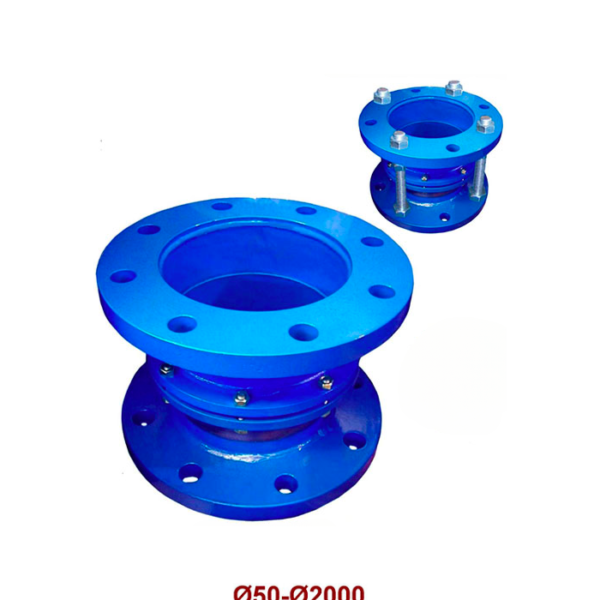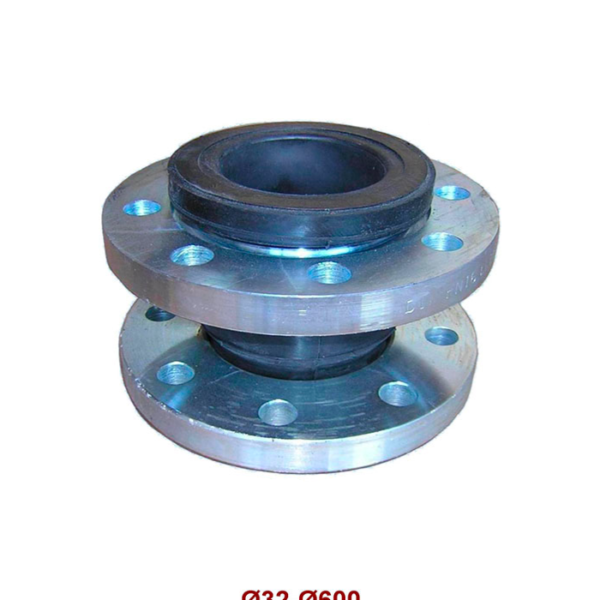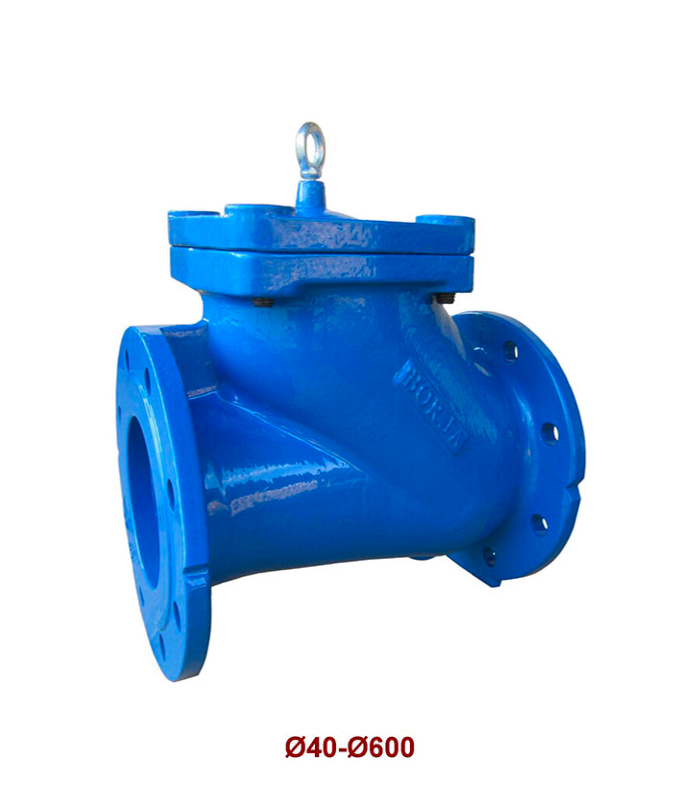Our flanged ball check valve is used for wastewater, dirty water or pipes with a high concentration of suspended deposits. Also in the installation in the pumps used to extract water from a well. Its simple operation and thanks to the action of gravity consists of: A ball is placed on the ring that closes the passage to the fluid and when the pump wants to draw water from the well, the ball rises and remains located to one side so that the water can rise from the well towards the exit of the circuit without obstacles. When the pump stops and stops drawing water from the well, the ball goes down and returns to the initial closed position, not raising water, but at the same time it prevents the system pipe from being empty.
Its design guarantees a low pressure loss, total flow of the fluid and absence of obstruction. The valve ball has little inertia, so the opening pressure is about half that of a clapper valve.
Watertight valve in whose assembly it will be important to take into account the direction of the fluid, with easy maintenance and without having to remove it from the network, since it allows you to clean and repair or change internal parts by removing the cover and its corresponding screws. Its nitrile ball is resistant to clean fresh or sea water, storm sewage, even hydrocarbon residues.











